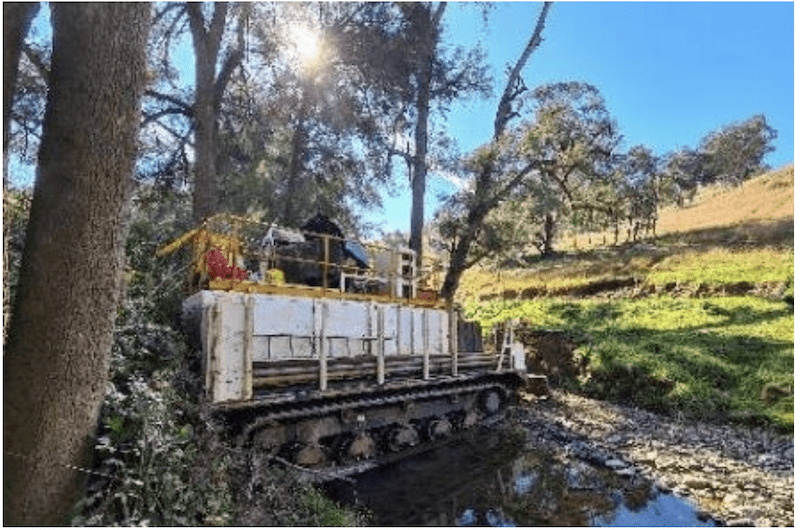The NSW Resources Regulator has recently received two notifications where tracked utility type vehicles have lost motion control and rolled, uncontrolled, down a gradient.

In both cases, the operator described the vehicle losing engine power and rolling backwards. In both instances, the park brake was not effective and the hydrostatic transmission has not held the vehicle on the grade.
Incident | Unqualified driver lost control of water truck
Positive communication failures result in collisions
Investigations identified, in one case, that the park brake was worn and, when applied, it could not hold the load. In the other case, hydraulic oil contamination caused the park brake solenoid valve to jam and not apply the brakes.
Despite the park brake failing to arrest the vehicle, it is not clear why the vehicles lost power and potentially stalled under load. Vehicle specifications for this type of vehicle nominate gradeability from 20 to 30 degrees (1 in 2).
The Regulator stated: designers, manufacturers and suppliers of tracked utility vehicle should consider the following:
- Review the reliability of safety related controls including braking systems. The review should include identifying any single line components, assessing the impact of component failure, and including necessary additional controls to manage potential brake failure.
- Secondary or direct means to apply the parking brake should be considered where the control system has a single point failure.
- Provide users of plant the intended operating capabilities and limitations of use such as grades, payloads, and tramming speed. This is a requirement of the Work Health and Safety Act (sections 22-25).
- Review configuration of the machine and systems to prevent engine stall during operation, such as power control system settings.
Mine operators using this type of tracked utility vehicle should consider the following:
- Review the frequency of testing and inspection of braking systems to ensure that brake torque capacity is monitored sufficient to arrest and hold the machine on the rated grade.
- Review limitations of use published by the vehicle designer or supplier. If capability of the machine is not clearly established, the user should request current relevant information for safe operation of the plant from the designer or supplier, refer to Work Health and Safety Act (sections 22(5)).
- Review the capacity of the machine for operation on a grade. A reduction in capacity may be required to maintain control. When operating loaded on a grade, engine and hydrostatic braking may be overcome and resulting in a loss of retardation effect.
- Provide information to equipment operators on how the machine should be operated on a grade to prevent engine stalling. This may include specifying throttle and transmission settings.
- Consult with the supplier of plant and review their outcomes of recommendations listed above.
Read more Mining Safety News






















